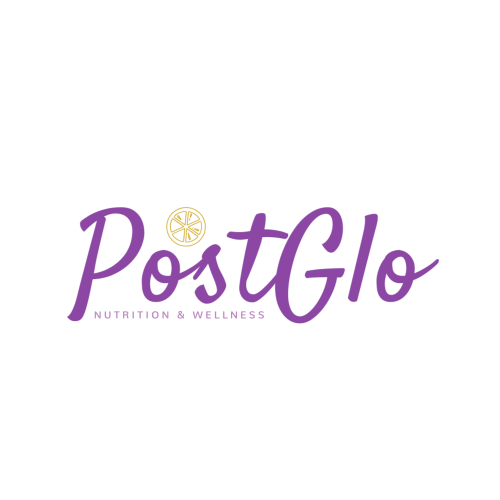Galactogogues— What the HECK are they? And how can they impact milk supply?
By Shannon Szeles, RDN
October 21, 2022
Six and a half years ago I was pregnant with our first daughter. I always knew I wanted to breastfeed my children but what I didn’t know was all of the twists and turns that can occur. At the time, I had known only one person who had breastfed – my best friend. She had two children already and man, she was an overproducer. So I assumed this is what happened with breastfeeding. You had a baby, you made incredible amounts of milk, bagged and froze your excess and that was that. So here we were, buying a freezer chest for all the milk I was going to have to store.
During my pregnancy, I met another very sweet friend who also had two kids at the time. She very kindly shared HER story of LOW supply and very gently encouraged me to consider this very real possibility for my first breastfeeding journey. I thought SURELY this wasn’t going to be my story and that low milk supply was very UNcommon.
Boy was I wrong.
My daughter struggled to gain weight for the first several weeks of life. The stress and the anxiety kicked in. We used formula – ALOT. But I also met with ICBLCs, pediatricians running the best breastfeeding clinic (all out of pocket costs mind you), countless weight checks at our own pediatrician’s office, supplements, power pumping and even a prescription medicine. If it was a potential solution to increasing my supply, I tried it. Whew man it cost me so much of my mental currency during my maternity leave.
Even as a dietitian, I had NO idea about real life breastfeeding, problems, solutions and foods to eat for milk supply. The word “galactogogue” was nowhere to be found in my vocabulary before this.
What exactly is a “galactogogue”? Well I’m so glad you asked! I’d love to tell you :)
Galactogogues are foods that are thought to help increase milk supply. Unfortunately, not a whole lot of research has been dedicated to the subject but many parents have tried these foods with some success. Since all of these foods have health benefits to the lactating parent, it is 100% worth a shot!
Disclaimer: Frequent pumping and nursing on demand is KEY. You must have frequent removal to truly stimulate milk production but some foods may help.
What foods can be considered galactogogues? Let’s get down to it!
Oatmeal– One theory around the cause of low milk supply could be low iron in the breastfeeding parent. Oatmeal is a good source of iron by itself but pair it with other foods such as hemp seeds, chia seeds, flax seeds, pumpkin seeds, walnuts and perhaps even an egg or two can really pump up the iron content. Not to mention it is an excellent source of soluble fiber which is key in bulking your stools to make those postpartum bowel movements a little less intimidating.
Sweet Potatoes – another great source of iron and fiber, it also contains vitamin A. Think about sweet potato fries in the air fryer, a baked sweet potato as a base for a taco boat or adding mashed sweet potato to a lactation recipe.
Flax Seeds—It is thought that flaxseeds are galactogogues due to their content of phytoestrogens as well as omega 3 fatty acids. This is a super easy food to add to foods like muffins, cookies, salads, yogurt & granola, toast, PB&J… the list goes on and on.
Brewer’s Yeast– again, another food that contains lots of vitamins and minerals like B vitamins, selenium and magnesium. It is also thought to have phytoestrogens as well and some breastfeeding parents may experience a boost to their supply after consuming brewer’s yeast. While it is usually added to recipes like lactation cookies, it can also be added to oatmeal, smoothies, yogurt with granola. The serving size is around 3 tablespoons per day however brewer’s yeast can be pretty bitter in taste. For me, I would add a little here and there throughout the day to my smoothies or oatmeal and DEFINITELY to lactation cookies.
Two other VERY important factors in insuring adequate milk production include calories and hydration (fluid intake).
Producing milk requires a significant increase in calories – an additional 500 calories AT LEAST to be exact. So make sure you are eating at least 3 meals and 2-3 snacks per day of nutrient dense foods. It is NOT the time to “cut calories.”
Just like calories, hydration is paramount. The general recommendation according to KellyMom.com is around 16 8-oz glasses of fluid per day or 128 oz total. I purchased a 32 oz. water bottle when breastfeeding my second and filled that up constantly. Other sources of fluid come from juices, milk, other beverages and fruits and vegetables like watermelon and cucumber. All of these sources count towards your fluid intake. Electrolyte drinks like Gatorade, Body Armor or Liquid IV can be a big help too in helping to replace the fluids removed during breastfeeding.

